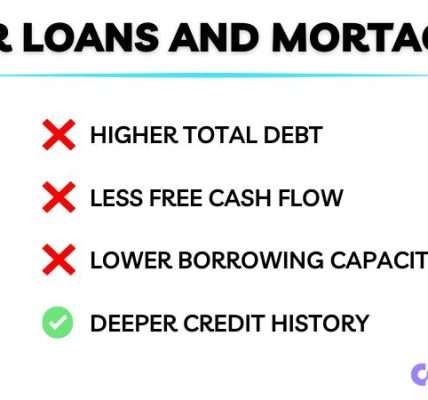The looming specter of a retirement savings gap haunts many individuals‚ regardless of their profession or income level. This deficit represents the chasm between the funds needed to maintain a comfortable lifestyle during retirement and the actual savings accumulated throughout one’s working years. Understanding the root causes and potential solutions to bridge this gap is crucial for securing a financially stable future. Factors contributing to this growing problem are multifaceted‚ ranging from inadequate financial literacy to the increasing lifespan of retirees and the rising cost of healthcare. Addressing the retirement savings gap requires a proactive and informed approach‚ involving both individual responsibility and systemic changes.
Understanding the Magnitude of the Problem
The sheer size of the global retirement savings shortfall is staggering. Studies consistently reveal that a significant percentage of the workforce is not on track to achieve a comfortable retirement; This shortfall not only affects individuals but also places a strain on social security systems and government resources.
Key Contributors to the Gap:
- Insufficient Savings Rates: Many individuals simply aren’t saving enough‚ or starting early enough‚ to accumulate sufficient retirement funds.
- Longer Lifespans: People are living longer‚ requiring more savings to cover extended retirement periods.
- Healthcare Costs: Healthcare expenses tend to rise significantly in retirement‚ placing a substantial burden on savings.
- Investment Risks: Market volatility and investment risks can erode retirement savings‚ particularly as individuals approach retirement age.
- Lack of Financial Literacy: A lack of understanding about investing‚ planning‚ and retirement options can lead to poor financial decisions.
Strategies for Bridging the Gap
Fortunately‚ there are several strategies individuals can employ to close the retirement savings gap. These strategies require careful planning and consistent execution.
Individual Action Plan:
- Increase Savings Rates: Even small increases in savings can make a significant difference over time. Consider automating contributions to retirement accounts.
- Delay Retirement (If Possible): Working a few extra years can significantly boost retirement savings and reduce the duration of retirement.
- Optimize Investment Strategies: Seek professional financial advice to ensure your investment portfolio is appropriately diversified and aligned with your risk tolerance.
- Reduce Expenses: Controlling spending and reducing debt can free up more funds for retirement savings.
- Seek Financial Education: Attend workshops‚ read books‚ or consult with a financial advisor to improve your financial literacy.
A comparison of two individuals‚ one who starts saving early and one who delays‚ illustrates the power of compound interest:
| Characteristic | Early Saver (Age 25) | Late Starter (Age 40) |
|---|---|---|
| Monthly Contribution | $300 | $600 |
| Years of Saving | 40 | 25 |
| Assumed Average Annual Return | 7% | 7% |
| Estimated Retirement Savings | $724‚000 | $483‚000 |
The Role of Government and Employers
Addressing the retirement savings gap requires a collective effort. Governments and employers also have a crucial role to play in promoting retirement security.
Some potential solutions include:
- Expanding Access to Retirement Plans: Making it easier for small businesses and self-employed individuals to offer and participate in retirement plans.
- Automatic Enrollment: Implementing automatic enrollment in workplace retirement plans with opt-out provisions.
- Financial Literacy Programs: Providing financial education and resources to help individuals make informed decisions about retirement planning.
- Strengthening Social Security: Exploring options to strengthen the long-term solvency of social security systems.
Ultimately‚ closing the retirement savings gap demands a proactive and multi-pronged approach‚ encompassing individual responsibility‚ supportive government policies‚ and employer initiatives. By understanding the challenges and embracing effective strategies‚ individuals can work towards a more secure and fulfilling retirement.

